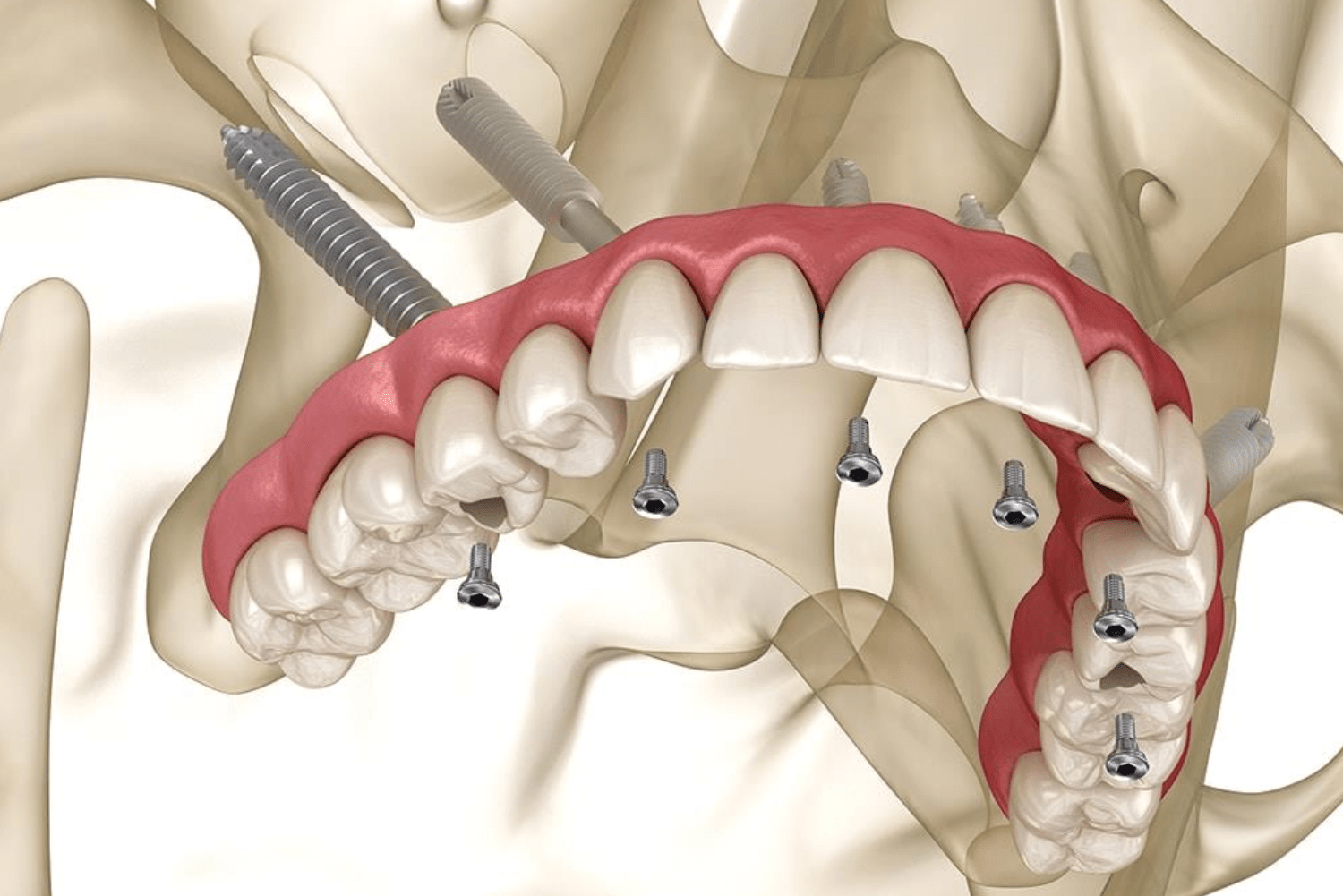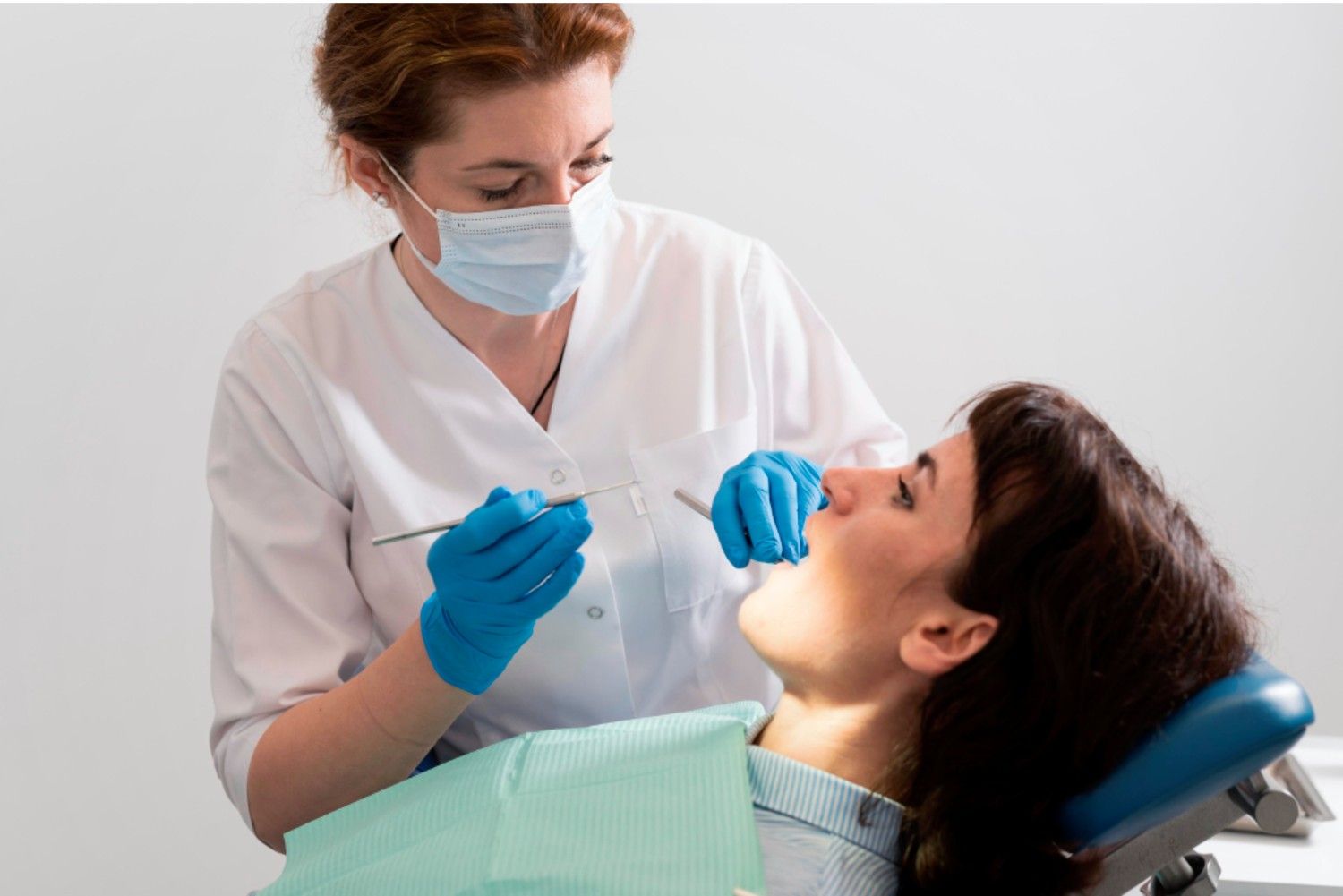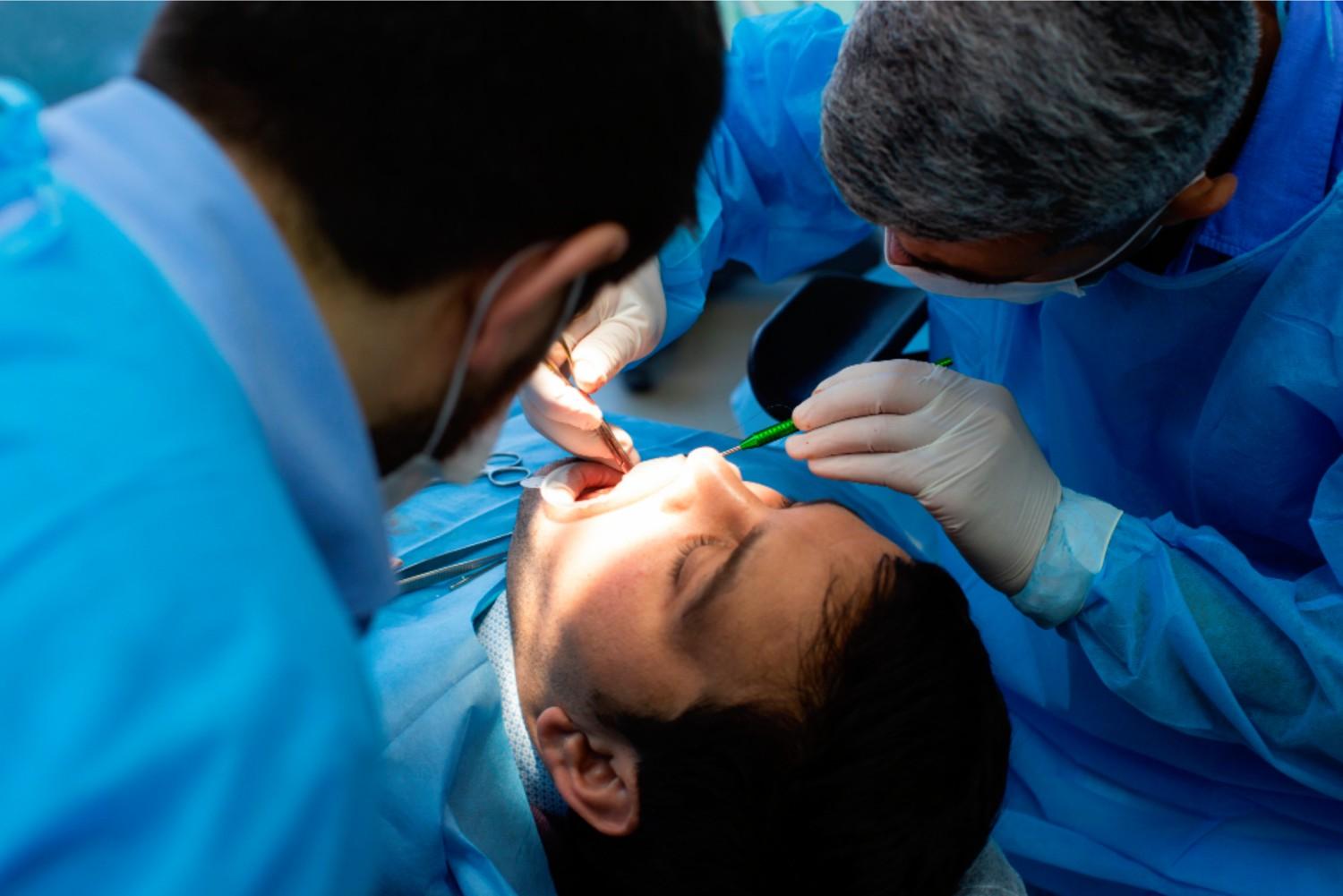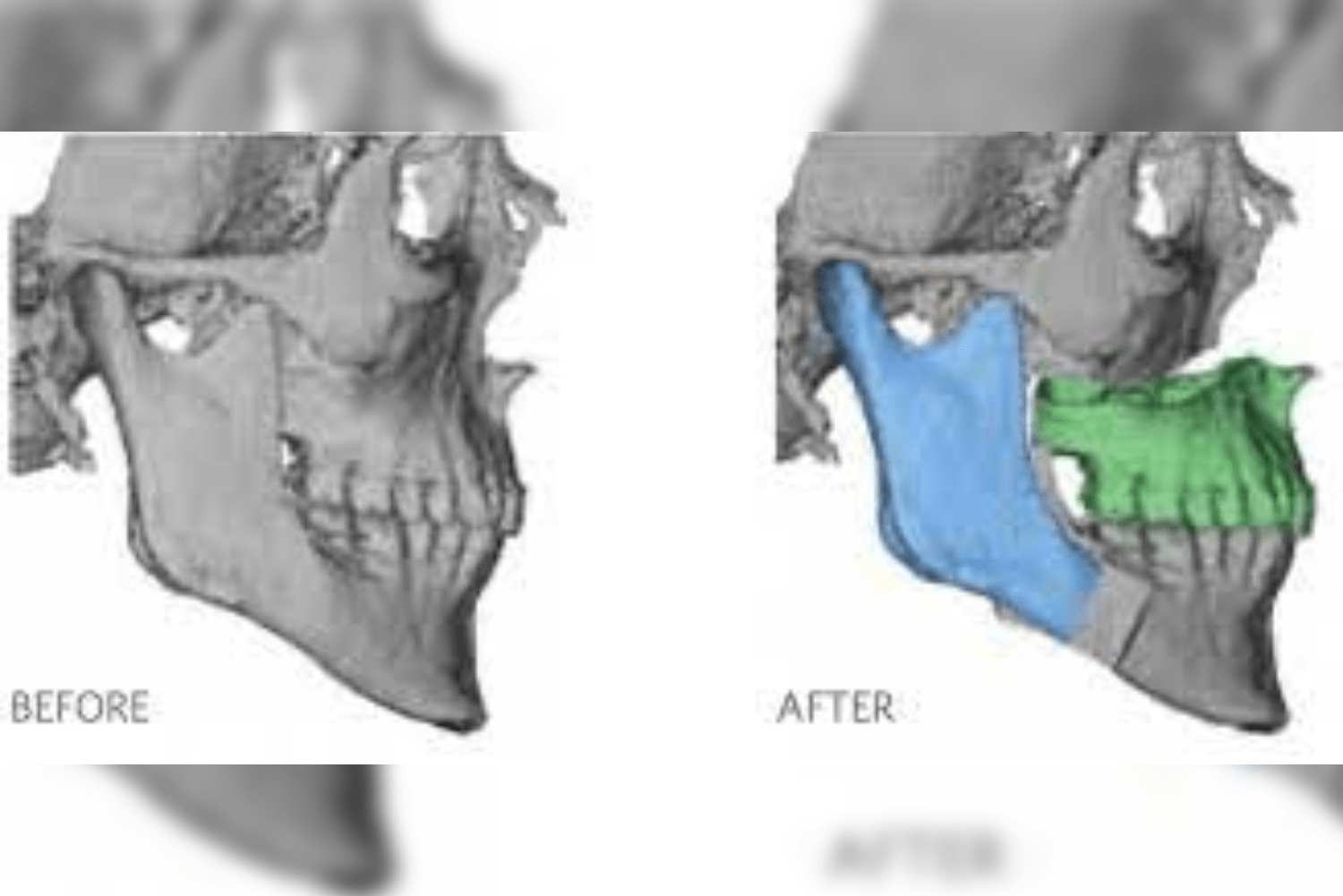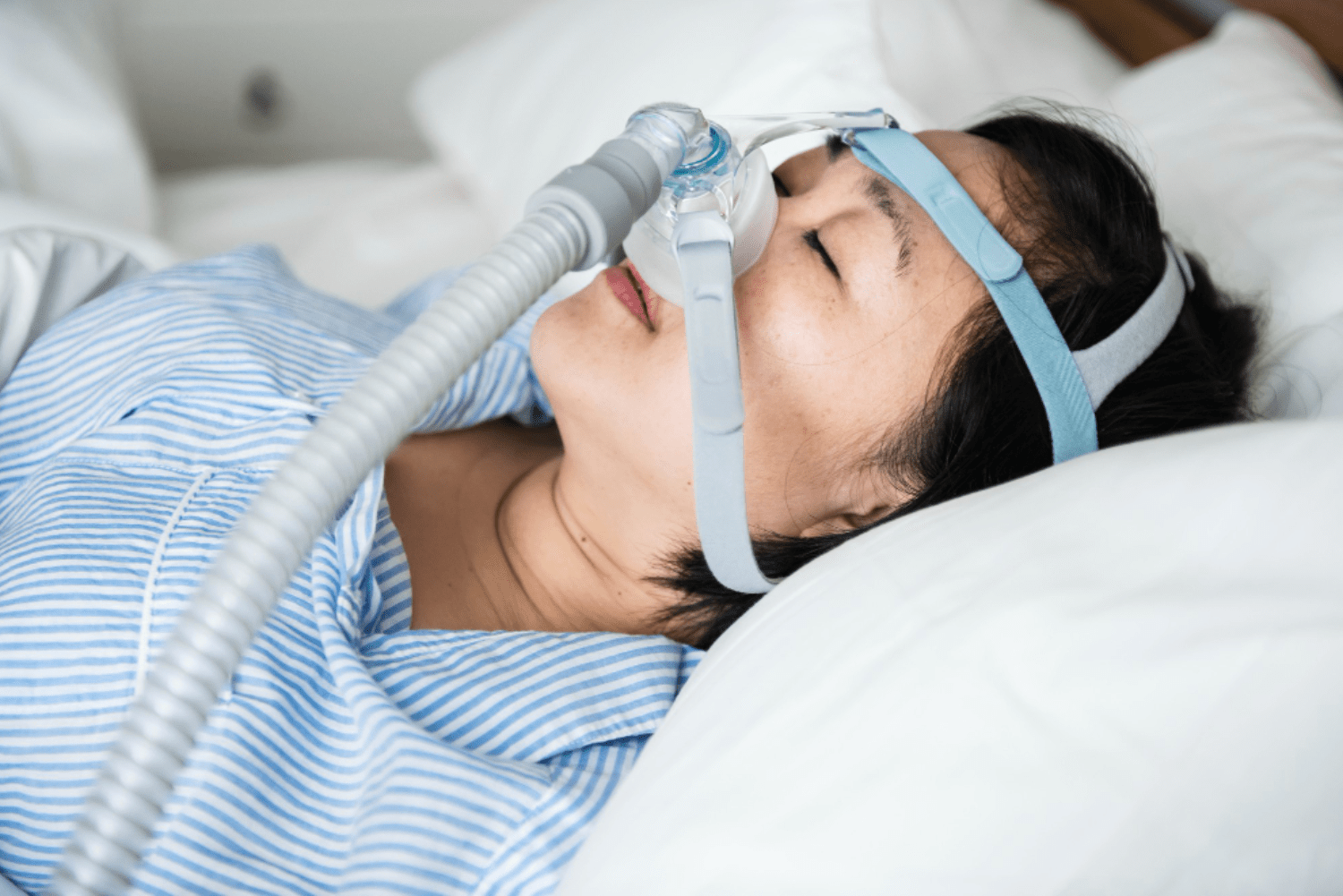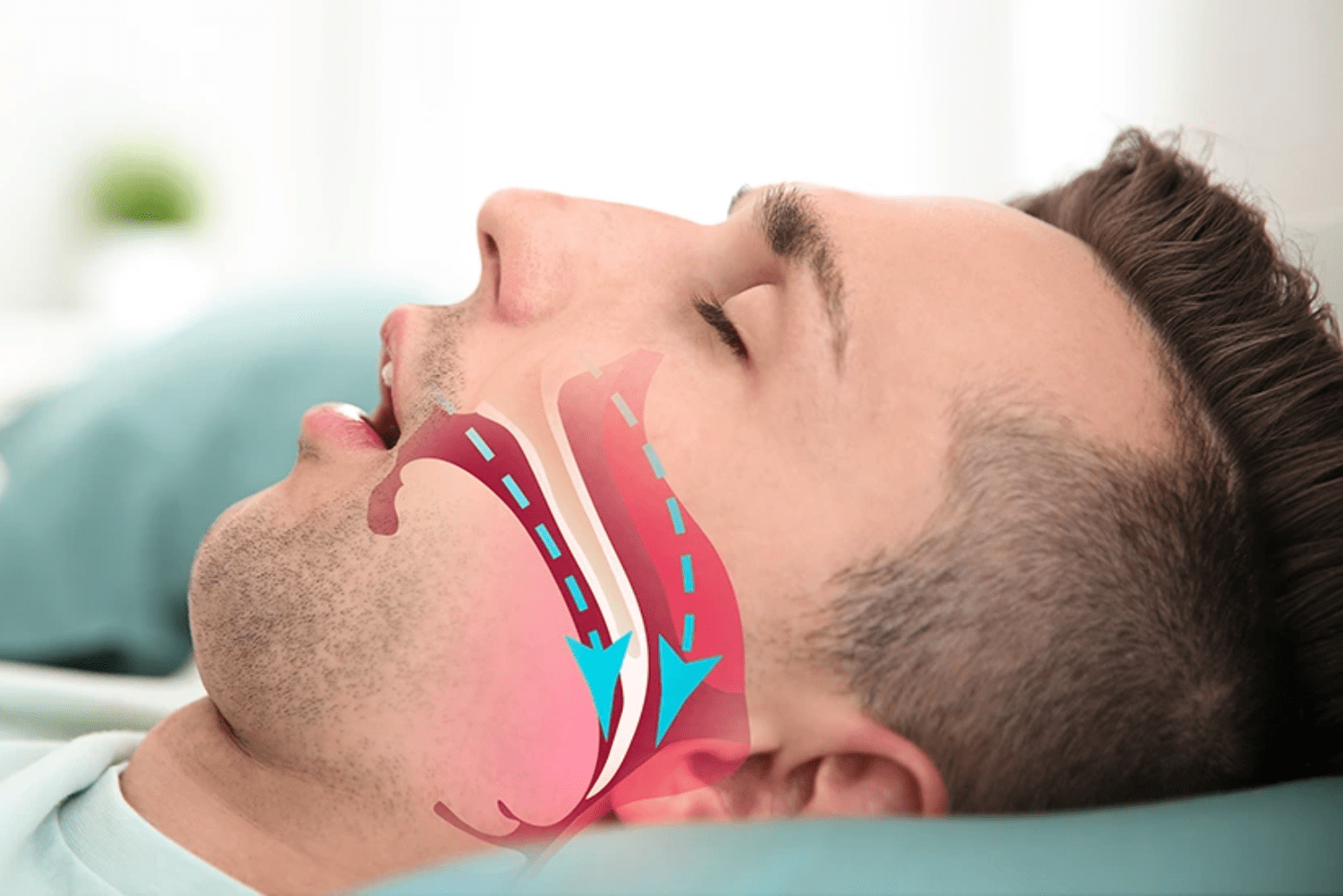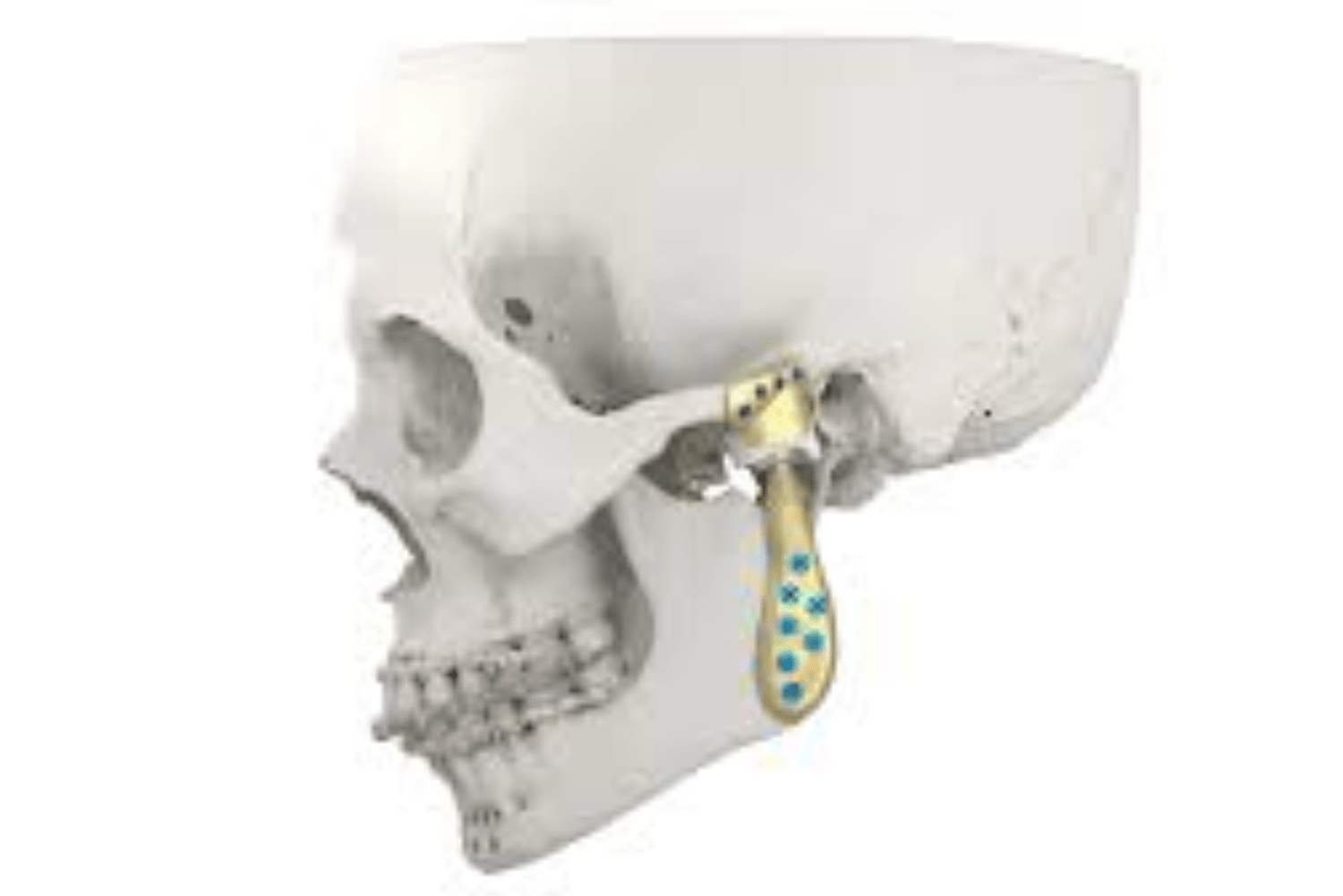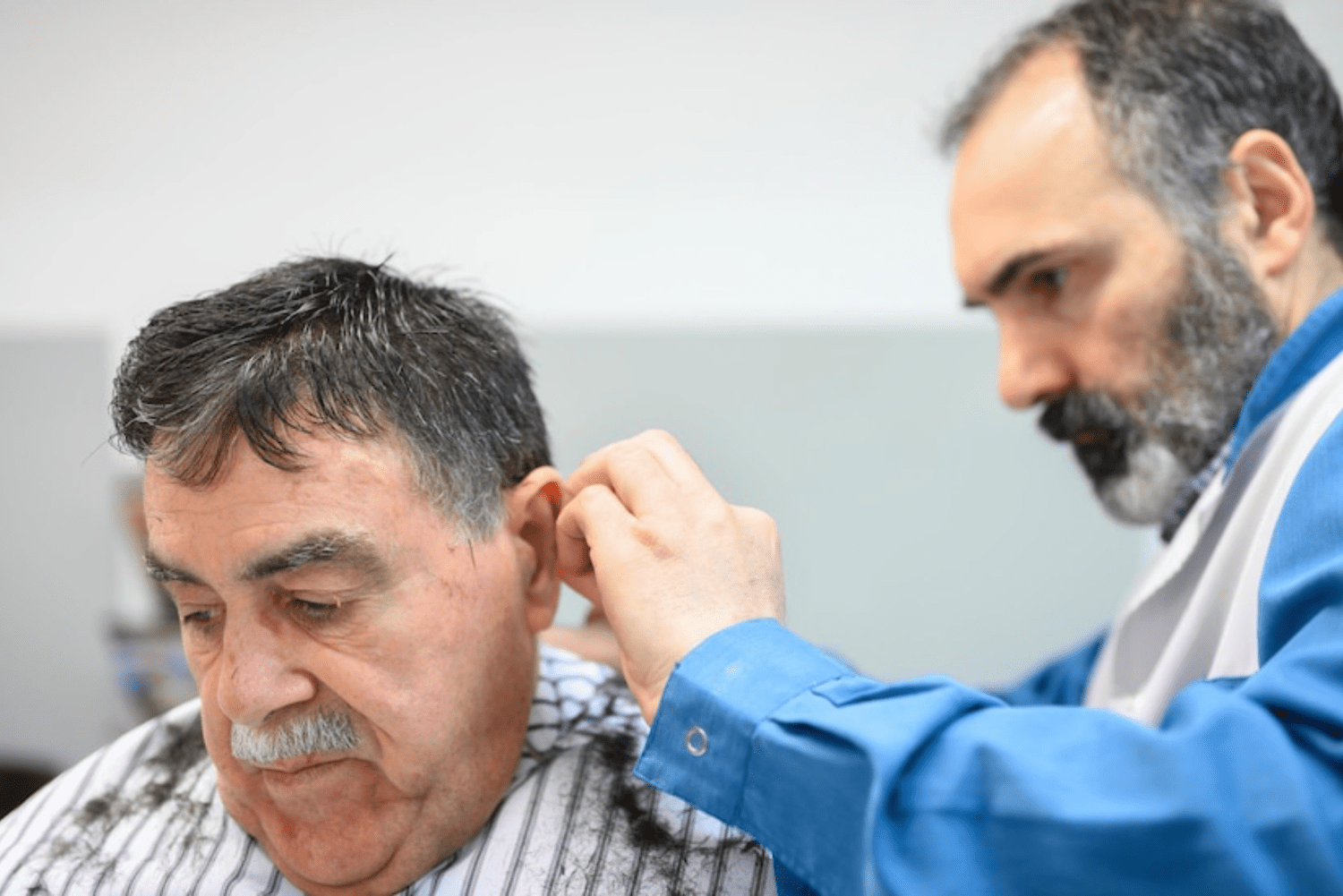If you’ve been told your upper jaw doesn’t have enough bone density for conventional dental implants, zygomatic implants could be the best alternative you’ve ever sought. Zygomatic implants are an advanced treatment for patients with severe bone loss, offering a stable alternative to traditional dental implants. Their main advantages are described in this guide, including reduced treatment time and avoidance of bone grafting procedures. The surgical technique involves insertion of implants into the zygomatic bone, which provides exceptional support for prosthetic restorations. This specialized approach requires patients to understand the signs, risks, and postoperative care needs associated with this indication. Zygomatic implants are still important for optimal functional and aesthetic outcomes, with the use of proper case selection and surgical expertise.

What are zygomatic Implants?
A special type of dental restoration is referred to as zygomatic implants, which are designed for patients with severe maxillary bone loss. These fixtures are surgically placed within the zygomatic bone, commonly known as the cheekbone, unlike conventional implants that are anchored in the jawbone. This alternative approach provides stability when traditional implantation isn’t possible because the bone structure doesn’t allow for conventional implants, and there’s no way to place them due to inadequate bone support. This allows for the creation of a stable foundation for the Dental prosthesis without any requirement of bone grafting. These implants are longer than traditional dental implants.
Indications for zygomatic implants.
Zygomatic implants are particularly beneficial to those patients who have:
- Severe bone loss of upper jaw – significant bone loss in the upper jaw often due to periodontal disease, trauma or congenital defects will lead to maxillary atrophy.
- Failed traditional Implants – in instances where previous implant procedures have failed it necessitates an alternative approach.
- Failed bone graft– in situations where prior bone grafting attempts have been unsuccessful.
- Maxillary resection: in cases of cancer or mucormycosis, maxillary bone would have been removed in-toto. Rehabilitation following the surgical removal of a part or whole of upper jaw due to tumours or other pathologies requires zygomatic implant.
- Cleft palate or other congenital deformities – in patients with congenital maxillary defects, restoring functional aesthetics.


In simple, the ideal patient for zygomatic Implants are:
- Have severe bone loss in the upper jaw due to
- conditions like gum disorders injury or congenital defects.
- Have failed traditional dental implants in the past.
- Want to avoid lengthy process of bone grafting.
The Zygomatic implant procedure.
- Initial evaluation and surgical planning – when you reach out to our Dental clinic, the dentist or the surgeon will conduct a thorough examination and take scans like 3-D imaging cone beam CT scans, Digital intra-oral scans to assess your bone structure and plan the implant placement.
- Surgical placement – the surgery is performed under general anaesthesia or under local anesthesia. The type of Anesthesia depends on the patient’s and surgeon’s comfort ability. The surgeon makes small incision in the gum tissue and carefully dissect to reach the bone and places the zygomatic implants into the cheekbone. It is placed in a planned angulation and depth. In complicated cases a surgical guide is utilized to place the Implants.In many cases a temporary processes can be loaded immediately allowing you to leave the clinic with a full functional smile.
- Healing and integration – after the surgery the, fusion of the implant with the bone is called osseointegration. The procedure typically takes 3 to 6 months for completion, during which regular dental follow-ups are essential to monitor progress and adherence to postoperative care protocols required for optimal tissue recovery.
- Final restoration – once the healing is completed, your Dentist will take impressions of your mouth and start preparing a permanent dental prosthesis such as crown bridges or dentures that can be securely attached to the Implants. At RICHARDSON FACE HOSPITALS, the crown or bridges are manufactured in hospital. So there is no extra time that you will have to wait for the delivery of crown and Bridges. This will be done within an hour of the impression taken.


Benefits of Zygomatic Implants.
- No need for bone grafting– since the implants are placed in the cheekbones that are already very strong there is no need for a bone grafting procedures.
- Immediate functionality – in many cases a temporary set of teeth are placed on the implant on the same day of surgery. Due to which you can show your teeth on the same day.
- High success rate– zygomatic Implants offer high success rate with many lasting more than eight years.
- Improve quality of life – restoring your smile can boost your confidence and improve your quality of life into 10 times.
- Preservation of facial aesthetics – restoring the upper jaw enhances facial contour which is a contributing factor towards improve facial aesthetic.
- Reduced treatment time – there are two reasons for reduced treatment time that is : elimination of bone grafting which itself saves 3 to 6 months of time and possibility of immediate loading with temporary teeth which shortens the overall treatment duration.

Postop care and recovery.
Following the surgical procedure of placement of zygomatic implant patients can expect the following:
- Swelling and bruising – this is common in the initial days for surgery which typically subsides within a week.
- Pain management – analgesics and antibiotics along with anti-inflammatory medications are prescribed to manage the discomfort.
- Oral hygiene instructions – guidelines to maintain oral cleanliness and prevent prevent infection are to be followed.
- Follow-up appointments – regular checkups to monitor the healing and integration of the implant should be followed.
- Avoid smoking and excessive consumption of alcohol during the implant phase as these can impair healing.
Potential complications and risks.
While zygomatic implants are generally safe there are some limitations and potential risks include –
- Sinusitis – when the implant penetrate the sinus membrane inflammation of the sinus cavity can occur.
- Infection – as with any surgical procedure, there is a risk of infection at the implant site. Maintenance of oral hygiene plays an important role in eradication of infection.
- Implant failure – rarely the implant may not integrate properly with the surrounding bone leading to loosening of the implant or failure.
- Nerve damage – proximity of facial nerve and infraorbital nerve may lead in temporary or permanent numbness during the placement and the recovery period.
Due to improved medical facilities and thorough preoperative planning using 3-D scans with skilled surgical techniques these risks can be minimised. Choose your clinician or Surgeon wisely.
Cost consideration.
The cost of psychotic implants can vary based on many factors such as location complexity of the case, the materials used, the surgical expertise, The available facilitation. In India the average cost starts from approximately 60,000 although this can differ depending on the factors mentioned.
Conclusion.
Introduction of zygomatic Implants was a groundbreaking solution for patients with severe
maxillary bone loss. This procedure restores form and function with aesthetics without the need for extensive bone grafting. With high success rates and possibility of immediate loading there are the future and present pioneer in implant society. They present a viable alternative to traditional implant procedures. However, careful patient selection and medical planning along with surgical expertise are required to ensure optimal outcomes for individuals facing significant dental rehabilitation challenges due to bone loss. Zygomatic Implants have offered a pathway to replenish oral health and improved quality of life.

